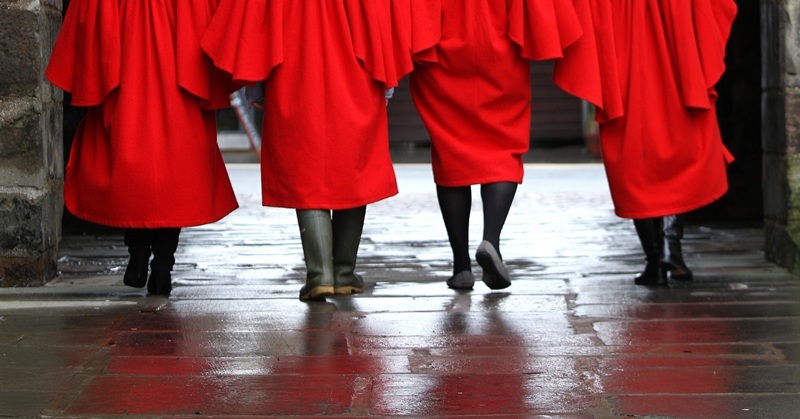St Andrews University has emerged as one of the UK’s leading public sector bodies for green initiatives.
Officials at the university have been praised for their “exemplary achievement” in cutting carbon emissions.
Research by Salix Finance, an offshoot of the Carbon Trust, revealed the university has been responsible for 111 green projects. It has committed over £1.9m to the range of schemes which will, over their lifetime, save 7700 tonnes of CO2.
Projects have included boiler replacements, the addition of cooling systems for the university data centre and the replacement of lights with new energy efficient technology. The initiatives range in size and cost.
At the Gateway Building on North Haugh the university replaced floodlights with LED lights, costing £8000. The move will save £1400 and six tonnes of CO2 every year.
Meanwhile, in the physics building, a combined heat and power unit has been installed. Costing over £600,000, it will save over £200,000 and 800 tonnes of CO2 per year.
Now the university has received a letter of commendation from Salix citing its “exemplary” achievement and revealing St Andrews is one of the leading public sector bodies in the UK for green initiatives.
Salix Finance works with around 500 UK public sector bodies through a mixture of loans and grants.
The group, in conjunction with the Scottish Government, provided the university with a loan of £1,257,000 to which the university has added £406,000.
This fund is ring-fenced for energy saving projects.
The utility cost reduction due to the energy saving measures is fed into the fund, so the money is rotated and made available for future schemes.
The Salix letter of commendation shows the value of projects undertaken by St Andrews in 2010/11 was the highest in the public sector in the UK.
Meanwhile, the carbon saving on projects commissioned by the Fife university is the third highest.
David Stutchfield, the university’s energy officer, said, “The cost of gas and electricity has tripled over the past five years, so this is a real risk for the institution.
“Our plan is first to reduce energy consumption in our buildings by installing more efficient boiler plant, lighting or simple roof void insulation.
“At the same time, we are working with staff and students to influence their behaviour in being more responsible for their energy consumption.
“Thirdly, we are looking at new ways to generate heat and electricity from renewable resources as part of our overall aim to become carbon neutral for all our energy consumption.”
Mr Stutchfield said the university was at last starting to reap the benefits of its substantial efforts to “go green.”
“The Salix fund has been transformational,” he continued. “It is such an effective system as the fund available is constantly revolving.
“Any financial savings achieved are put back into the fund to be used for further energy saving projects.”
